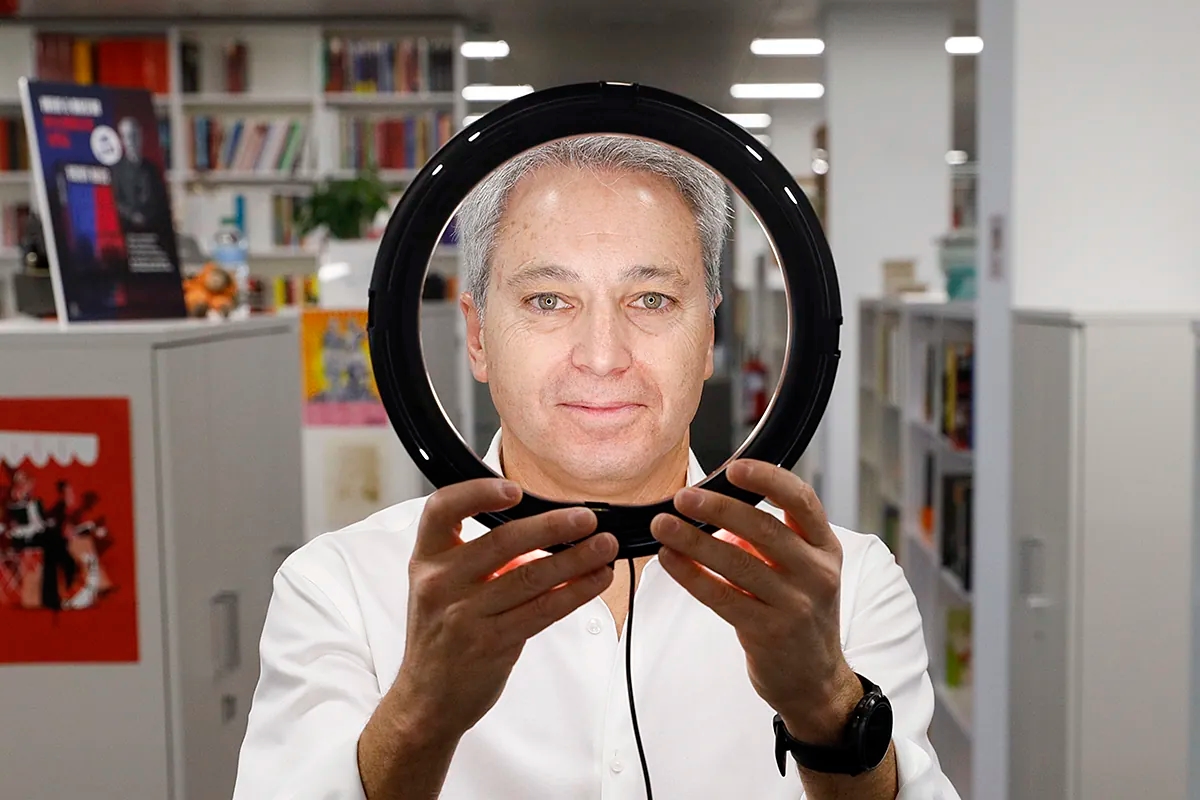Almost untouched and secret: the corner of Latin America that the crowds have not reached

Uyuni Salt Flats
Source: Canva
Tourists from all over the world seek to explore unknown corners and reach remote places, trying to discover what few have seen. However, this is not the case: few know that this small place in Latin America is one of the most perfect, yet it remains almost unvisited. Where is it, and why does no one visit it?
The Salar de Uyuni is located in southwestern Bolivia, in the department of Potosí, near the Andean region. As El País reports, it is the largest salt flat in the world, with an area of more than 10,000 km², making it a unique and almost surreal landscape that attracts the attention of photographers, travelers, and scientists from around the world. Its beauty lies in its vastness and its white surface, which reflects the sky like a mirror during the rainy season. The sunsets, salt formations, and giant cacti growing on the "islets" create an almost magical setting, considered by many to be one of the most impressive landscapes in South America.
(READ MORE: The Colombian neighborhood where everyone wants to live, but very few achieve it )

Uyuni Salt Flats
Source: Canva
Despite its fame, there are areas of the salt flat that remain virtually untouched and rarely visited, due to their remoteness, extreme weather conditions, and difficult access. As official information indicates, these remote areas allow for the preservation of the tranquility and silence that make the place an exceptional natural refuge, far from mass tourism.
Today, these parts of the Salar de Uyuni remain in a nearly pristine state. The absence of visitors in certain areas allows the local biodiversity and salt formations to remain intact, offering a unique visual and natural spectacle that few have had the opportunity to experience firsthand.
(READ MORE: Many believe it's in France, but this picturesque town is in Colombia )
Is it difficult to get to the Salar de Uyuni?It is relatively difficult to access due to its remote location and terrain conditions. It is located in southwestern Bolivia, in the department of Potosí, at more than 3,600 meters above sea level, in an Andean region with dirt roads and, during the rainy season, flooded areas that require caution. The most common way to get there is from the city of Uyuni, which has an airport with domestic flights from La Paz or Santa Cruz.
From there, tourists often book 4x4 tours that explore the salt flats and surrounding areas, including the famous "islets" and nearby lagoons. Another option is a train ride to Uyuni and then continue on by private transportation or organized tour.
It's important to consider that some remote areas of the salt flats are not accessible by all vehicles and require specialized guides, especially if you want to visit virtually untouched areas away from mass tourism. When is the best time to visit?The best time to visit the Salar de Uyuni depends on the type of experience you're looking for:
1. Rainy season (December to April): During these months, the salt flat is covered with a thin layer of water that turns it into a giant mirror, reflecting the sky and creating a surreal effect. It's ideal for spectacular photographs and unique landscapes, although some areas may be partially flooded and access is more difficult.
2. Dry season (May to November): During this time, the salt flat is completely dry, allowing for easier travel and unrestricted access to islands and salt formations. It's perfect for those looking to explore and take longer hikes in the region.
Portafolio





